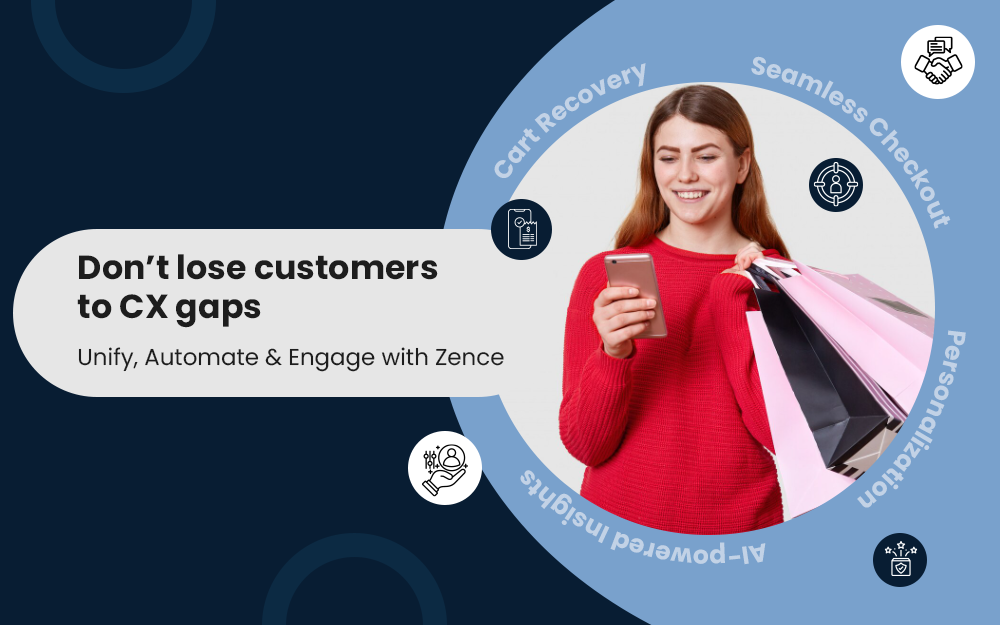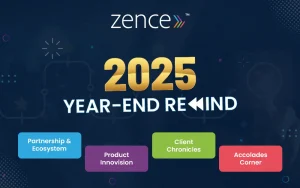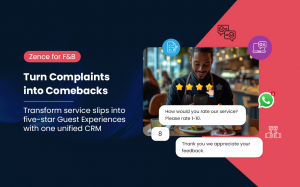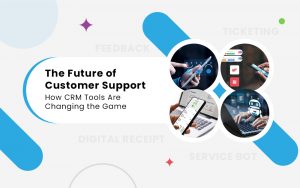In today’s competitive D2C landscape, customer experience isn’t just a differentiator—it’s the growth engine. Yet, many brands continue to face fragmented tools, outdated workflows, and superficial personalization that fails to truly connect with customers. The result is disjointed journeys, lost revenue opportunities, and declining loyalty.
This is where platforms like Zence CRM help D2C brands unify every touchpoint, automate key lifecycle journeys, and deliver meaningful and real-time engagement across channels.
Let’s explore the top CX mistakes D2C brands make and how Zence addresses them at the core.
1. Fragmented Customer Data across channels
Customer interactions today span websites, mobile apps, social media, email, support tools, and offline touchpoints. When these signals live in silos, brands miss a holistic view of each customer, resulting in inconsistent engagement. Zence Unified Customer Data Platform (CDP) solves this by consolidating data from all sources into a single, actionable dashboard. Profiles are updated in real time, enabling intelligent segmentation, predictive triggers, and context-aware campaigns that ensure every touchpoint is personalized and relevant.
2. One-Size-Fits-All Campaigns
Generic broadcasts with no personalization or relevance often fail to engage, convert, or build loyalty. With Zence, D2C brands can eliminate this problem through AI-powered segmentation and automated journeys that deliver highly tailored outreach across email, SMS, WhatsApp, push notifications, and more. Leveraging advanced techniques like behavior-based clustering (such as RFM analysis), loyalty tier segmentation, and real-time triggers built into its intuitive drag-and-drop journey builder, Zence empowers marketers to craft personalized campaigns that resonate with every customer at scale.
3. Manual, Disconnected Workflows
Many D2C brands spend so much time on repetitive follow-ups and siloed processes, creating inefficiencies and slowing down customer journeys. Zence Marketing Automation enables end-to-end workflow orchestration, from onboarding and cart recovery to reactivation campaigns, loyalty mechanics, and support processes. Rule-based triggers and event-driven automation allow brands to execute lifecycle campaigns swiftly and consistently, turning complex operations into seamless experiences.
4. Disjointed Team Operations
When marketing, sales, and service teams operate on separate platforms, customer experiences break down and inefficiencies multiply. Zence Unified CRM centralizes all teams on a single platform, offering shared dashboards, workflows, and a 360° customer view. Teams can collaborate seamlessly while leveraging analytics to decode customer behavior, track conversion funnels, and optimize engagement strategies. This unified approach ensures that every interaction is consistent, data-driven, and aligned with business goals.
5. Weak Post-Purchase Engagement
Many D2C brands struggle with weak post-purchase engagement, often missing out on the chance to build advocacy or encourage repeat purchases once a sale is complete. With Zence Digital Receipt, every transaction turns into a powerful engagement opportunity. These receipts go beyond a simple order confirmation, offering customizable layouts, product visuals, embedded videos, CTAs, and CRM-powered personalization like loyalty tiers and more. Since these receipts can also be interactive and trackable, they help collect feedback, spark the next purchase, and keep the relationship alive beyond the checkout.
6. Delayed Insights and Reactive Analytics
Traditional reporting often provides insights too late to act, leaving brands to react rather than anticipate. This delay makes it hard for them to act at the right time. With Zence, brands get real-time analytics, campaign dashboards, churn alerts, ROI tracking, and smart insights that support quick and data-driven decisions. Backed by streaming data and AI, the platform highlights signal like customer drop-offs almost instantly, helping businesses move from reacting to issues to driving proactive growth.
7. Lack of Agile Loyalty & Feedback Mechanisms
Static loyalty programs and delayed feedback capture rarely influence customer behavior or retention. Zence solves this with agile loyalty models like tiered rewards, surprise-gift systems, and referral drives that keep customers engaged and motivated. At the same time, it enables instant feedback capture through WhatsApp, email, and more supported by integrated ticketing and resolution workflows. Because all these features operate on a single platform powered by unified CRM platform, loyalty mechanics and feedback loops are always context-aware, seamless, and fully integrated into the customer journey.
Final Word
For D2C brands struggling with fragmented CX, repetitive tools, and slow decision-making, Zence CRM offers a unified, AI-powered, modular CX suite—ensuring every touchpoint is personalized, automated, measurable, and impactful.
Ready to turn every customer interaction into a growth opportunity?
With Zence CRM, unify data, automate journeys, and deliver personalized experiences that truly convert. Schedule a demo today.
FAQs
1. How can D2C brands overcome fragmented customer data across multiple channels?
Many D2C brands struggle with scattered data from websites, apps, social media, email, and offline touchpoints, resulting in incomplete customer profiles. Zence CDP consolidates all data into a single, real-time 360° view, enabling consistent segmentation, predictive triggers, and context-aware campaigns to deliver seamless experiences.
2. Why do traditional loyalty programs and feedback mechanisms fail, and how does Zence solve this?
Static rewards and delayed feedback often don’t influence behavior or retention. Zence Loyalty & Feedback Suite enables tiered rewards, referral drives, surprise-gift campaigns, instant feedback capture via WhatsApp/email, and integrated ticketing, creating seamless, context-aware loyalty and feedback loops.
3. How can D2C brands maintain personalization across multiple customer touchpoints?
Without a single source of data and automation, personalization can be inconsistent. Zence ensures every interaction, from campaigns and receipts to feedback and loyalty is personalized in real time using unified customer insights and AI-powered triggers.
4. Can Zence help D2C brands act on customer insights quickly?
Yes. Streaming data pipelines and embedded AI allow Zence to surface actionable signals like drop-offs, inactivity, or in-market triggers in real time, letting brands intervene proactively before churn occurs or engagement is lost.



